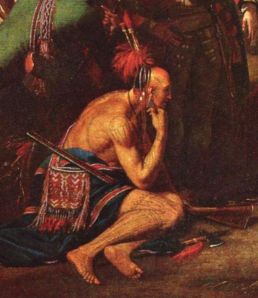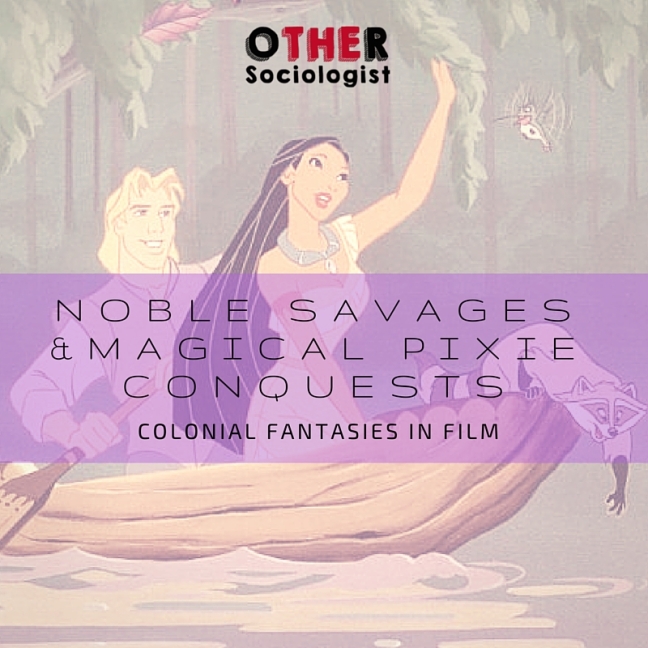
By Zuleyka Zevallos
I wanted to do a follow up on my post from a couple of months a go, on Hollywood racism. I analysed George Lucas’ claim that big Hollywood studios were reticent to back his film Red Tails because there were no white leading actors in the script. I used the idea of the Magical Negro Trope to explain how mainstream Hollywood films stereotype African-Americans as either thugs or benevolent, self-sacrificing figures who exist only to teach the white character a life-affirming lesson. I showed that this trope extends to other minorities who are people of colour, through the Noble Savage Trope. Today I want to focus on the sexualisation of Noble Savage trope. The Noble Savage is a term describing the over-simplified stereotype of Indigenous people on film. I will focus on gender and sexuality issues in big-budget Hollywood films depicting Indigenous and minority cultures during early colonial and “frontier” times.
Today I will draw a comparison between Avatar and other Hollywood films that depict Indigenous and minority women as savage conquests. Women in general are rarely cast in complex roles in big-budget Hollywood releases. They are usually romantic or sexual diversions to help portray the male lead in a sympathetic light. Minority women are even more simplified, especially in stories involving Indigenous cultures. Indigenous and women of colour exist largely as Magical Pixie Conquests: they are painted as feisty, though ultimately submissive, pawns that help white male characters to dominate the “native tribe”. The fictionalised version of the “Pocahontas” story epitomises how Hollywood both fetishes Indigenous cultures and perpetuates patronising postcolonial fantasies.

Continue reading Noble Savages and Magical Pixie Conquests: Colonial Fantasies in Film
